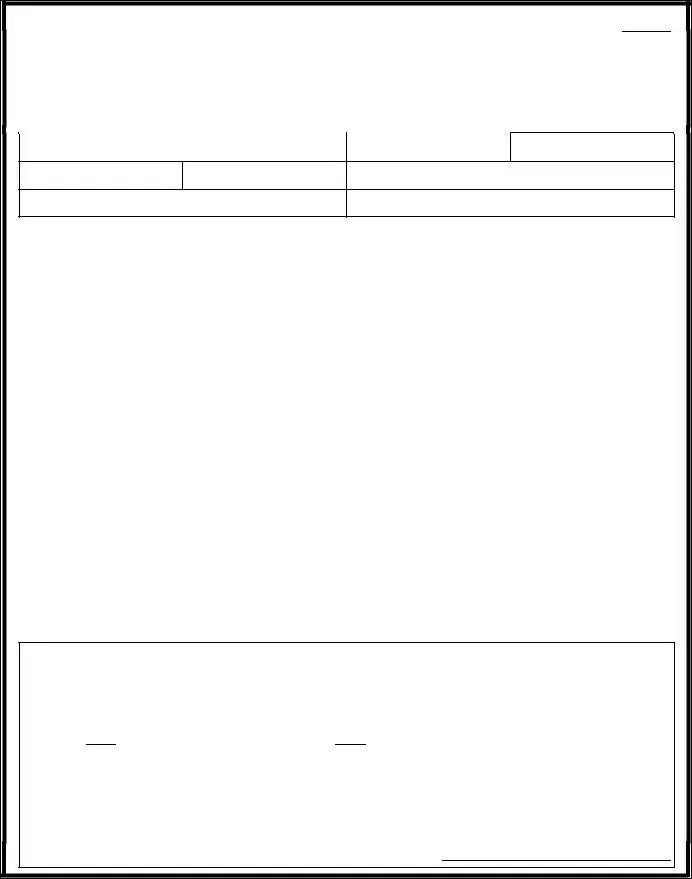The Construction Contract is a crucial document that outlines the terms and conditions of a construction project. Like the Construction Proposal Form, it details the scope of work, payment terms, and timelines. Both documents serve to establish clear expectations between the contractor and the client, ensuring that all parties understand their responsibilities. The contract is typically more comprehensive, while the proposal is often an initial offer that may lead to the contract.
The Bid Form is similar to the Construction Proposal Form in that it provides a structured way for contractors to submit their offers for a project. Both documents include project details, pricing, and timelines. However, the Bid Form is usually used in competitive bidding situations where multiple contractors submit their proposals, whereas the Construction Proposal Form may be used in more informal arrangements.
The Scope of Work document outlines the specific tasks and responsibilities involved in a construction project. Like the Construction Proposal Form, it clarifies what is included in the project and what is not. Both documents aim to prevent misunderstandings by clearly defining the work to be performed. However, the Scope of Work is often more detailed and focused solely on the tasks at hand, while the proposal may also address pricing and timelines.
The Work Order is another document that bears similarities to the Construction Proposal Form. It serves as a formal request for work to be completed and may include details about the project, costs, and deadlines. Both documents are used to communicate the client's needs to the contractor. However, a Work Order is typically issued after a proposal has been accepted, functioning as a confirmation of the work to be done.
The Change Order is a document that modifies the original construction contract or proposal. It is similar to the Construction Proposal Form in that it outlines changes in scope, cost, or timeline. Both documents aim to keep all parties informed about adjustments to the project. Change Orders are essential for managing unforeseen circumstances and ensuring that all changes are documented and agreed upon.
The Letter of Intent serves as a preliminary agreement between parties before a formal contract is signed. Like the Construction Proposal Form, it expresses the intent to move forward with a project and outlines basic terms. Both documents help establish a working relationship and set the stage for more detailed agreements. However, a Letter of Intent is often less formal and may not include all the specifics found in a proposal.
The Project Schedule provides a timeline for the completion of various tasks within a construction project. It shares similarities with the Construction Proposal Form in that it helps set expectations for project duration and deadlines. Both documents are essential for project management, ensuring that all parties are aware of important milestones. The Project Schedule is typically more detailed, focusing specifically on timeframes rather than costs or scope.
The Invoice is a financial document requesting payment for services rendered. While it serves a different purpose than the Construction Proposal Form, both documents are essential in the financial management of a construction project. The proposal outlines costs before work begins, while the invoice reflects the costs after work has been completed. Both documents play a vital role in ensuring that financial agreements are clear and transparent.
As you navigate the process of selling or purchasing a vehicle in Texas, it's crucial to have the necessary documentation in place. The Texas Motor Vehicle Bill of Sale form serves as a vital resource for ensuring that both parties are protected and that the transaction is legally recognized. For more information on how to properly complete this form, you can visit https://autobillofsaleform.com/texas-motor-vehicle-bill-of-sale-form.
The Permit Application is a document required to obtain the necessary approvals for construction work. It shares similarities with the Construction Proposal Form in that both documents must be submitted to relevant authorities for review. Both aim to ensure compliance with local regulations and standards. However, the Permit Application focuses on legal requirements, while the proposal emphasizes the project’s scope and costs.

